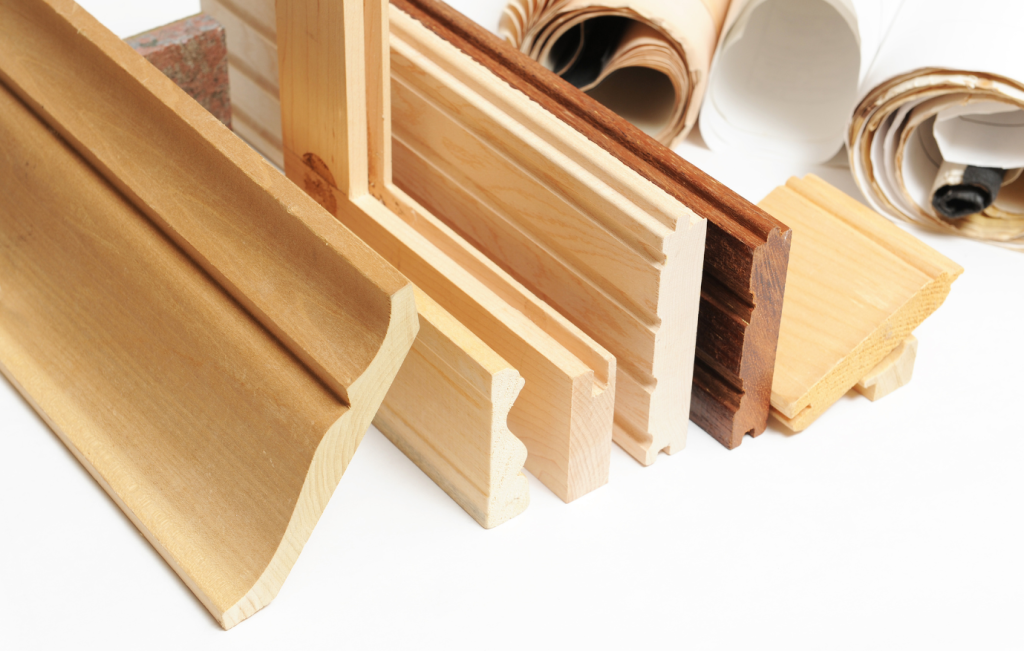The Value of Precision: How Millwork Shop Drawings Enhance Project Success
Welcome to an in-depth exploration of the field of millwork and the vital function of shop drawings. Whether you’re an architect, contractor, or millwork fabricator, understanding the intricacies of shop drawings can make a significant difference in your projects. This guide will explore the purpose, process, and benefits of millwork shop drawings, providing you with a comprehensive understanding of why they are essential.
What Are Millwork Shop Drawings?
Millwork shop drawings are detailed technical drawings used in the design and fabrication of custom woodwork, including cabinetry, furniture, and architectural elements. These drawings serve as a blueprint for the manufacturing and installation process, ensuring that every detail is meticulously planned and executed.

The Purpose of Millwork Shop Drawings
Millwork shop drawings serve several critical purposes in the industry:
- Visual Representation: They provide a visual representation of the final product, detailing dimensions, materials, finishes, and assembly methods. This visual guide helps all stakeholders understand the design intent and ensures that everyone is on the same page.
- Facilitating Communication: These drawings are a key communication tool between architects, designers, contractors, and fabricators. By clearly illustrating the specifications and requirements, they help prevent misunderstandings and errors.
- Guiding Fabrication: Shop drawings act as a precise guide for the fabrication process. They ensure that each component is manufactured to the correct dimensions and specifications, reducing the risk of costly mistakes and rework.
- Ensuring Compliance: They help verify that the design complies with relevant building codes, standards, and regulations, such as fire safety and disability accessibility.
How Are Shop Drawings Made?
Creating millwork shop drawings is a meticulous process that involves several steps:
- Initial Design: The process begins with the architect or designer creating an initial design, often using software like AutoCAD or Revit.
- Detailing: The initial design is then detailed, specifying dimensions, materials, finishes, and other critical information. This step may involve collaboration between the designer and the fabricator to ensure feasibility and accuracy.
- Review and Approval: The detailed shop drawings are reviewed by all relevant stakeholders, including architects, contractors, and clients. This review process helps identify and resolve any issues before fabrication begins.
- Revisions: Based on feedback from the review, the shop drawings may undergo revisions to address any concerns or changes requested by the stakeholders.
- Final Approval: Once all revisions are complete and the drawings meet everyone’s satisfaction, they are given final approval, and fabrication can begin.

Why should shop drawings be reviewed before fabrication and installation?
Reviewing shop drawings before fabrication and installation is crucial for several reasons:
- Accuracy: It ensures that all dimensions and specifications are correct, minimizing the risk of errors during fabrication and installation.
- Quality Control: The review process is a critical quality control measure, guaranteeing that the millwork will meet the highest standards of craftsmanship.
- Compliance: Reviewing shop drawings helps confirm compliance with requirements like fire safety, disability accessibility, and building codes.
Benefits of Millwork Shop Drawings
Millwork shop drawings offer numerous benefits that can significantly impact the success of a project:
- Cost Savings: By providing a clear and detailed guide for fabrication, shop drawings help prevent costly errors and rework.
- Efficiency: They streamline the fabrication process, ensuring that each component is manufactured correctly the first time.
- Consistency: Shop drawings help maintain consistency across all components of the project, ensuring a cohesive and professional final product.
- Project Management: They aid in project management by providing a clear timeline and workflow for the fabrication and installation process.

Boost Your Millwork Projects with ADDMORE Services
At ADDMORE Services, we understand the crucial role that detailed and accurate shop drawings play in the success of your millwork projects. Our team of experts is dedicated to providing high-quality millwork drafting services that help you avoid costly mistakes and ensure your projects run smoothly. By partnering with us, you can focus on what you do best while we take care of the intricacies of your shop drawings.
Conclusion
Millwork shop drawings are indispensable for the fabrication and installation of custom woodwork. They demand a blend of technical expertise, communication skills, and attention to detail. By thoroughly reviewing shop drawings, architects, designers, contractors, and millwork fabricators can ensure precision, quality, and the realization of their project’s vision. Millwork shop drawings are the bridge between concept and reality, and their role in construction and design cannot be overstated.
For more information on millwork shop drawings or to request a quote, visit ADDMORE Services. Let us help you make your projects and designs fabrication-ready, maximizing your efficiency and minimizing your stress.
Consider partnering with ADDMORE Services for your next project to experience the benefits of professional and precise millwork shop drawings. Visit our website to learn more about how we can support your needs.








